Office life has its stresses, but some Americans clock in knowing their shift could be their last. Their jobs carry genuine risk, often without blockbuster salaries to match. They involve heights, heavy machinery, and hazards that don’t care about experience. If you think your job is tough, wait until you see what these workers face daily.
Logging Workers — 98.9 Deaths per 100,000
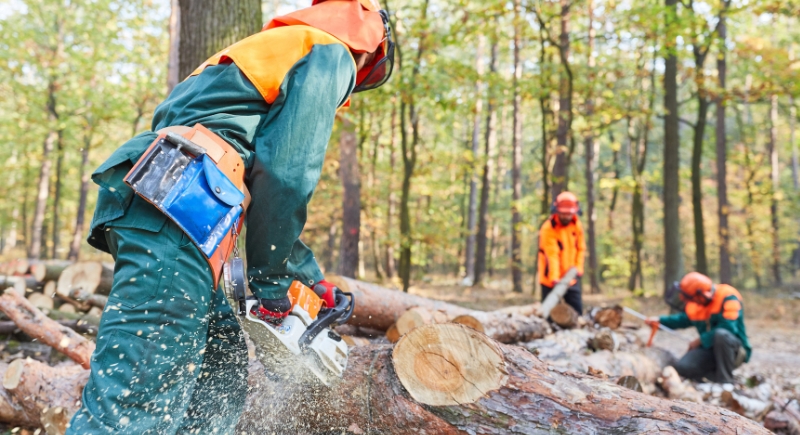
Credit: Canva
Deep in remote forests, logging crews navigate falling trees and crushing equipment. Nothing makes for a more explosive mix than chainsaws, heavy loads, and unstable terrain. It's the deadliest job in America—33 times more dangerous than the average. Most fatalities happen when equipment or collapsing timber strikes workers. And with an average salary under $42,000, they’re not risking their lives for luxury.
Roofers — 51.8 Deaths per 100,000
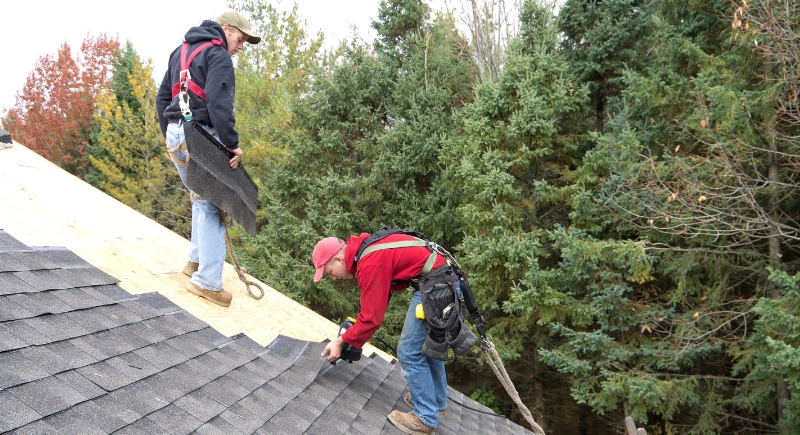
Credit: Getty Images
One slip, and it's not just your tools hitting the ground. Roofers climb pitched surfaces with power tools and hot materials under the sun. It makes sense that falls are the number one cause of death. A loose shingle or shaky ladder are mistakes you can't afford to make because gravity doesn't forgive.
Garbage Collectors — 41.4 Deaths per 100,000
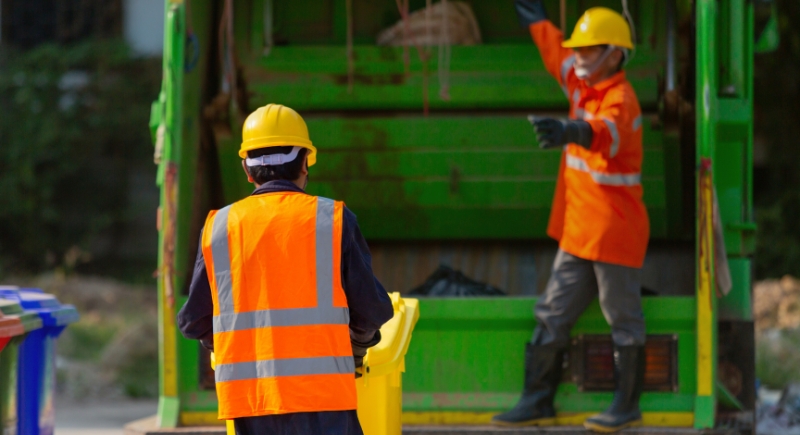
Credit: Canva
Think it’s just a ride on the back of a truck? Well, think again. Garbage collectors are constantly at risk. Most deaths come from transportation incidents like being hit by vehicles or pinned between moving parts. The job is physically demanding and often overlooked, yet essential. It's a paycheck earned through constant exposure to hazards that the rest of us toss to the curb.
Aircraft Pilots and Flight Engineers — 31.3 Deaths per 100,000
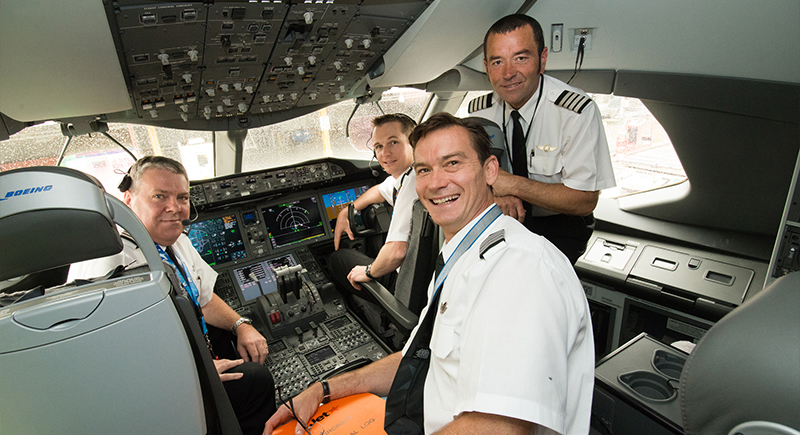
Credit: Wikimedia Commons
Pilots face bad weather and mechanical mishaps. They might fly high, but their job safety isn’t soaring. Most fatal crashes don’t happen on jumbo jets but in smaller planes flying solo or in remote regions. Despite six-figure salaries, the margin for error is razor-thin, and emergencies come fast.
Construction Helpers — 27.4 Deaths per 100,000

Credit: pexels
Construction helpers assist skilled tradespeople by carrying materials, setting up equipment, and cleaning work areas. The job's physically demanding nature, combined with exposure to various hazards, contributes to its high fatality rate. Their role often places them near heavy machinery and at heights, which further increases the risk of accidents.
Driver-Sales Workers and Truck Drivers — 26.8 Deaths per 100,000
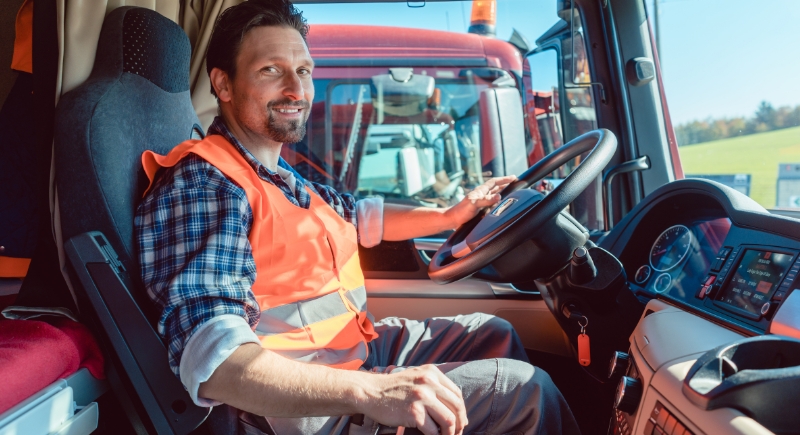
Credit: Canva
With nearly 1,000 deaths per year from road-related crashes, this is the deadliest job by sheer volume. Highways are dangerous, especially when you’re on them for 14-hour stretches. As a truck driver or delivery worker, you log more miles than anyone and face relentless pressure to meet tight schedules, often spending many drowsy nights behind the wheel.
Farmers and Agricultural Managers — 23.5 Deaths per 100,000
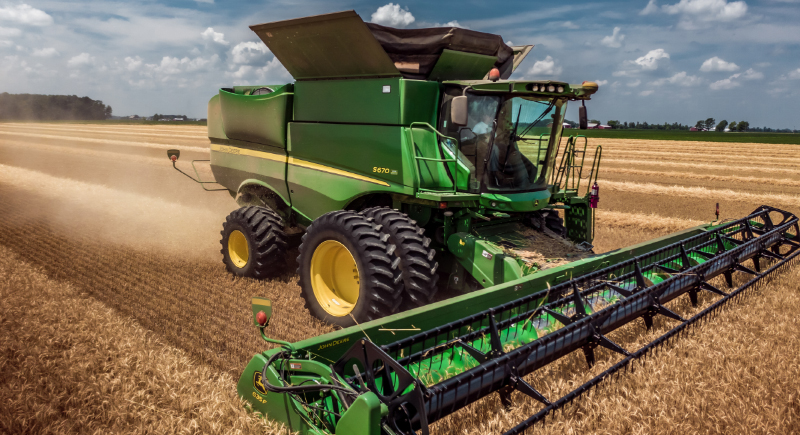
Credit: iStockphoto
Farming is grueling. You won’t find “slow season” in their vocabulary. Operating heavy tractors across unpredictable land and weather and wrangling livestock is a way of life that doubles as a workplace hazard. Tractor overturns are particularly deadly, and the problem is that many of these fatalities happen far from hospitals or first responders.
Landscaping Supervisors — 20.5 Deaths per 100,000

Credit: Canva
Landscaping supervisors oversee the maintenance of outdoor spaces. They coordinate tasks like mowing, trimming, and planting while exposing themselves to risks of traffic accidents and machinery-related injuries. Transportation incidents are the leading cause of serious injuries in this profession.
Ironworkers — 19.8 Deaths per 100,000
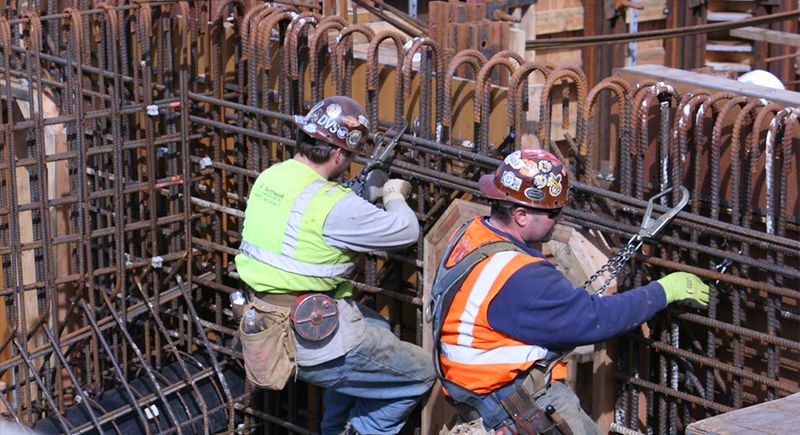
Credit: flickr
Walking steel beams hundreds of feet above ground is part of the job description for ironworkers. They build the skeletons of stadiums, skyscrapers, bridges—basically any kind of structural installations or weld work. They also have to coordinate with cranes and shifting weather. Fatal falls are the most frequent cause of death, especially during installations or while guiding heavy beams into place.
Crossing Guards — 19 Deaths per 100,000
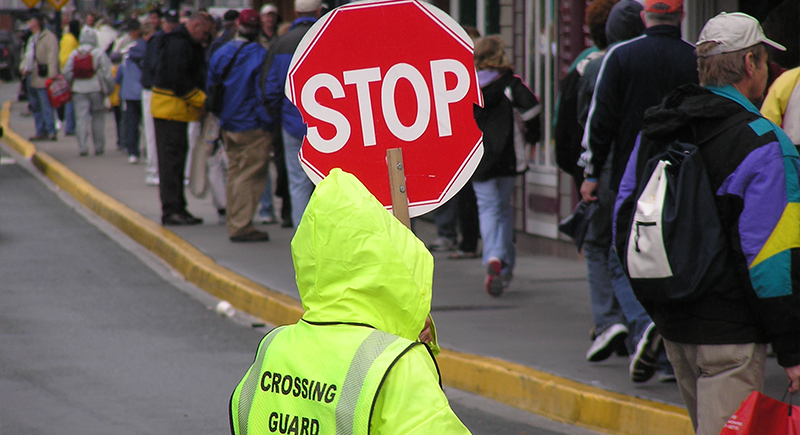
Credit: Wikimedia Commons
Crossing guards play a vital role in ensuring pedestrian safety near schools and busy intersections. Despite the seemingly low-risk nature of their job, they face significant dangers from inattentive or speeding drivers. The primary cause of fatalities among crossing guards is being struck by vehicles while on duty.
Derrick Operators in Oil, Gas, and Mining — 13 Deaths per 100,000
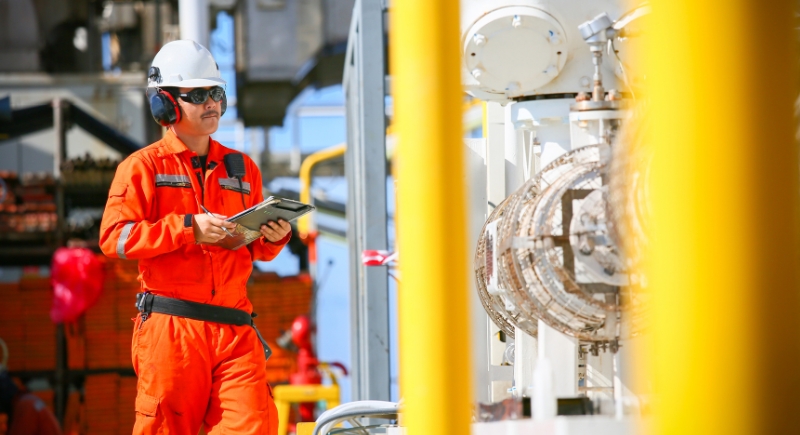
Credit: Getty Images
This is sweaty, risky, and noisy work with few second chances. High above drilling rigs or deep in extraction sites, derrick operators navigate a chaotic combo of rotating machinery and volatile substances in confined spaces.
Mining Machine Operators — 13 Deaths per 100,000
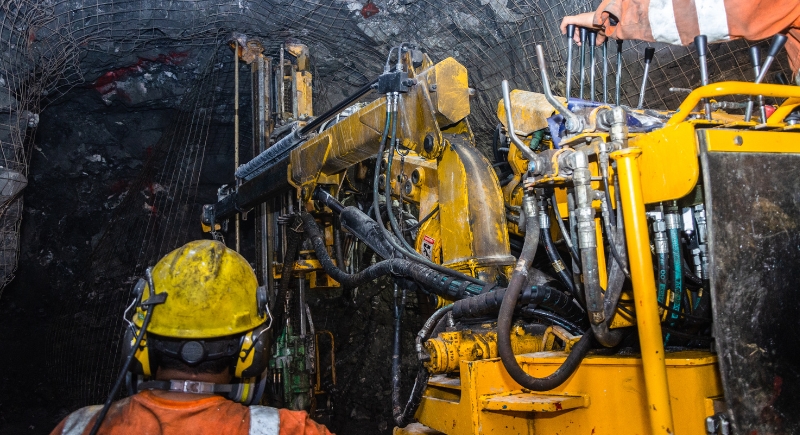
Credit: Canva
Deep beneath the Earth's surface, mining machine operators work with powerful equipment to extract valuable resources. Operating machinery that removes rock and loads it onto conveyors in the confined and often unstable environment of a mine presents significant and consistent risks. While the fatality rate isn't as high, the isolation and the sheer power of the equipment they handle mean that accidents can have devastating consequences.
Crane Operators — 13 Deaths per 100,000
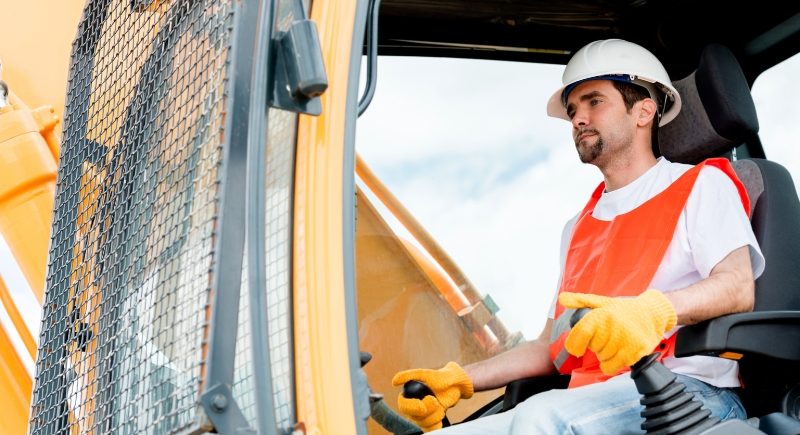
Credit: Canva
Crane operators are responsible for lifting and moving heavy materials on construction sites and in industrial settings. Their work requires precision and attention to detail, as mistakes can lead to catastrophic accidents. Common hazards include equipment failure, contact with power lines, and being struck by falling objects.
Firefighting Supervisors — 10.2 Deaths per 100,000
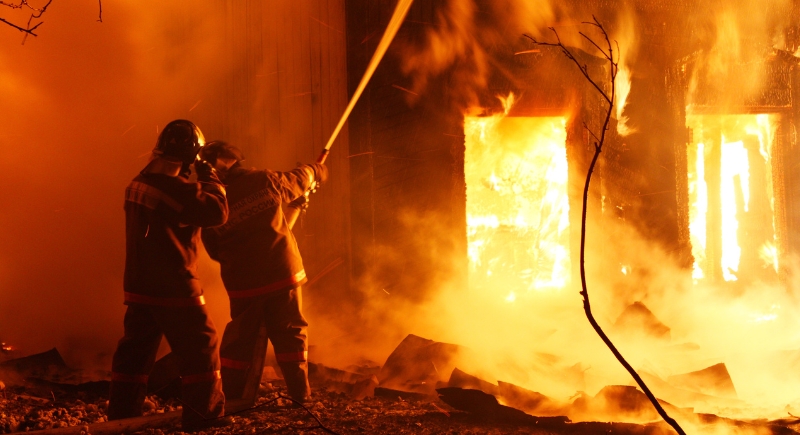
Credit: pexels
The fact that you're entering a building that others are running out of says a lot about the safety profile of this job. Supervising a fire crew means leading the charge into burning buildings and disaster zones. However, even with all the hazards of flames and smoke, traffic accidents claim more of their lives during emergency response.
Electrical Power-Line Installers and Repairers — 8.8 Deaths per 100,000
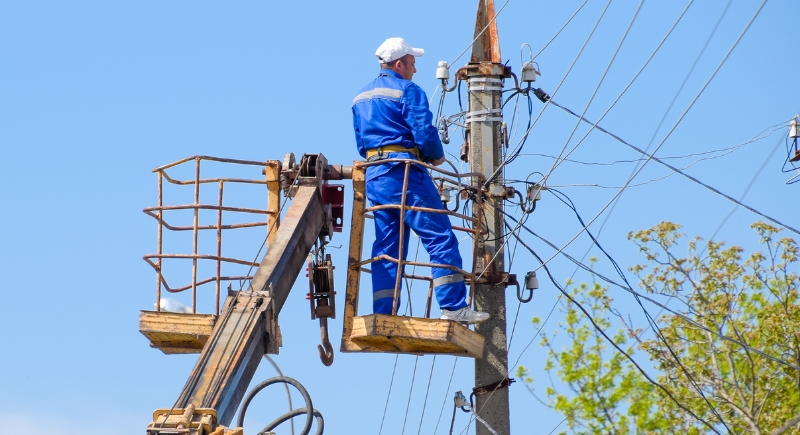
Credit: eleonimages
Imagine handling live wires from a cherry picker in gale-force winds. That’s a regular Tuesday for a lineman. Electrocution is the number one perpetrator, sometimes from lines they assumed were off. Falls and heavy equipment accidents aren’t far behind. These workers are also among the first out after hurricanes and ice storms, restoring power while the rest of us stay indoors.
Commercial Fishing — 75.2 Deaths per 100,000
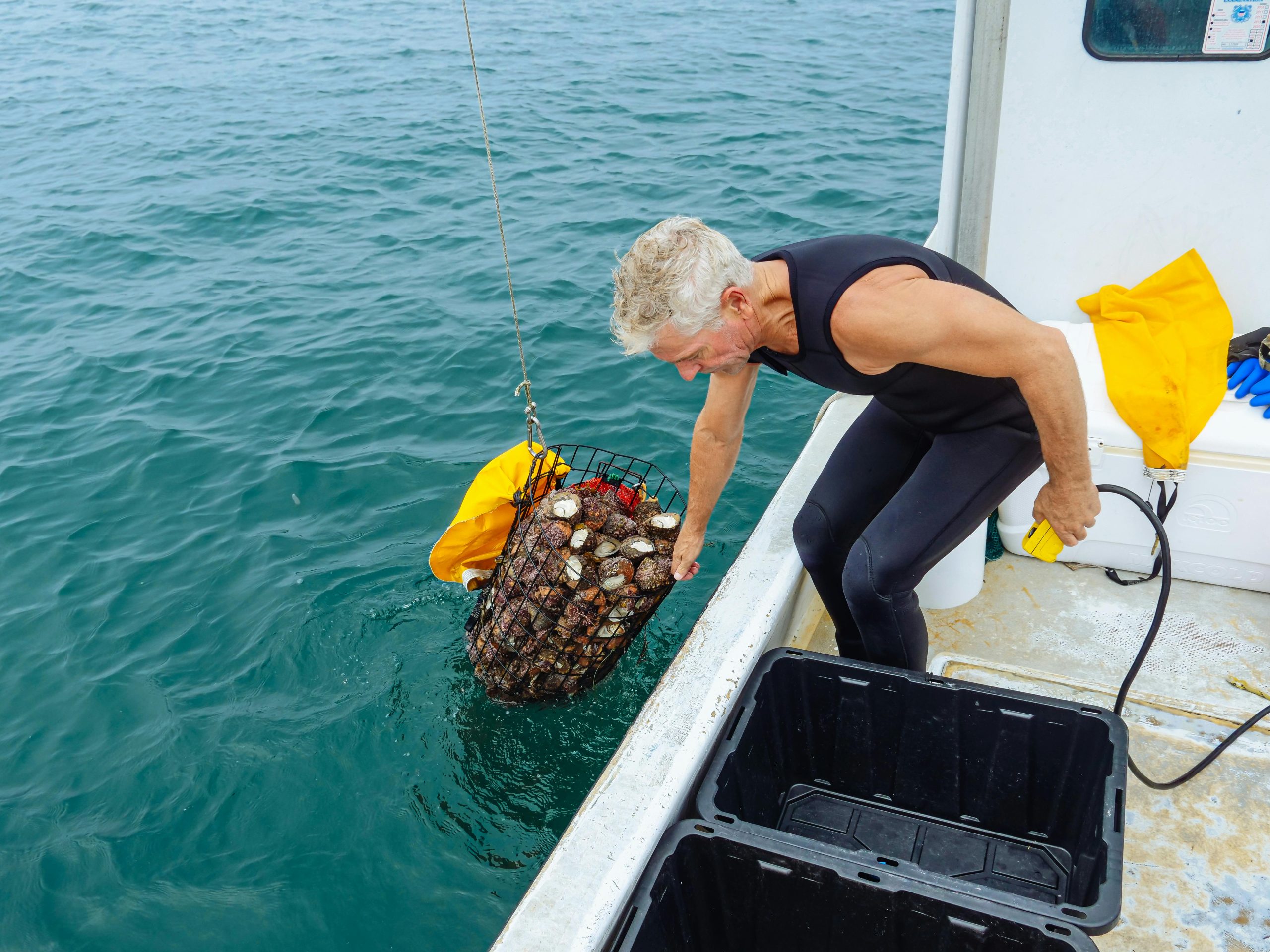
Credit: pexels
Forget “Deadliest Catch”: this job lives up to the name. Rough seas, icy decks, and heavy gear make commercial fishing one of the most treacherous livelihoods in America. Capsizing and falling overboard are common, and once you hit the water, survival odds plummet. It’s danger served fresh, often for less pay than you’d think.
